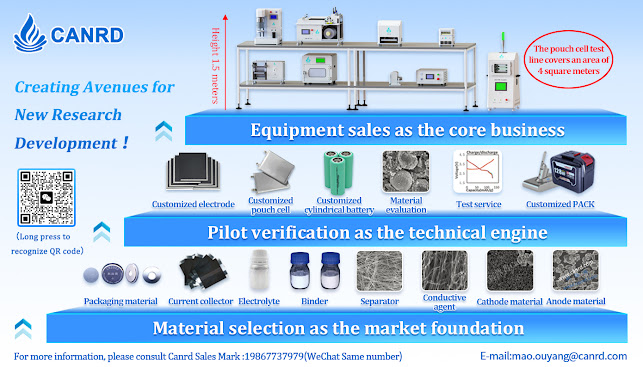The "Three Musketeers" of Lithium Batteries: Lithium Battery Packaging Film, Lithium Battery Separator and Battery Cell Blue Film
Lithium battery packaging film
The patron saint of electronic products
1. Structure and characteristics of lithium battery packaging film
Lithium battery packaging film usually consists of three layers of aluminum foil (nylon layer) ON/Al/CPP or four layers (nylon layer) ON/Al/PA/CPP. The outer nylon layer mainly plays a protective role to prevent the aluminum foil layer from being scratched. The outer material is required to be puncture-resistant and impact-resistant. The middle aluminum foil layer, as a base material, plays a waterproof and barrier role to prevent moisture from invading and block oxygen to protect the contents of the battery. The main function of the inner heat-sealing layer (CPP) is heat sealing. Based on the multi-layer structure, it has the functions of corrosion resistance, puncture resistance, aging resistance, insulation, and moisture resistance. It is an ideal packaging material for electronic products. The industry also calls it "aluminum-plastic film". In addition to the above properties, the recyclable characteristics of battery separator film, combined with the concept of green environmental protection, adapt to the trend of the times.










